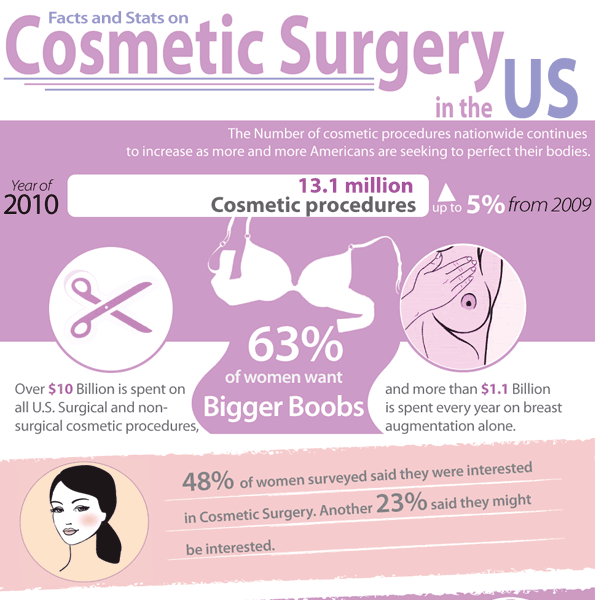Acne In People With Darker Skin Tones
Acne In People With Darker Skin Tones
Blog Article
Hormonal Acne - What is Hormone Acne?
Hormone acne is defined by stopped up pores and oily skin that normally shows up on the chin and jawline. It occurs when hormone modifications set off inflammation and microbial overgrowth within hair roots.
Breakouts may look like whiteheads, blackheads, papules or pustules and cysts or blemishes in extra extreme cases. It is more common in teens going through adolescence however can impact grownups of any kind of age.
What Creates Hormonal Acne?
While acne can be caused by a variety of elements, including utilizing hair and skin care products that aren't oil-free or made with components that might obstruct pores, hereditary proneness, diet regimen,2 and stress and anxiety, the origin is rising and fall hormonal agents. Hormone acne takes place when the body experiences hormone adjustments and variations that bring about an overflow of sebum, which creates swelling, raised development of microorganisms and adjustments in skin cell task.
Hormone acne is often found on the reduced jawline, cheeks and neck yet can show up anywhere on the body. It is identified by imperfections that are cystic, excruciating and loaded with pus or various other product. It is additionally more probable to happen in ladies than guys, particularly during puberty, the menstruation, maternity or menopause.
Age
While lots of youngsters experience acne eventually throughout adolescence, it can continue to afflict adults well into the adult years. Called hormone acne, this type of breakout is tied to fluctuations in hormones and is typically most usual in females.
Hormone acne happens when oil glands produce too much sebum, which obstructs pores and catches dead skin cells. This causes the formation of blemishes, such as whiteheads, blackheads and papules, pustules, cysts or blemishes, deep under the surface area.
This kind of blemish often creates discomfort, inflammation and inflammation. It might additionally be cyclical and appear around the very same time every month, such as right before your period begins. This is due to the fact that degrees of female hormones like progesterone and oestrogen change with each menstrual cycle.
Menstrual Cycle
Hormone acne normally shows up in the lower part of your face, along the jawline and cheeks, as whiteheads, blackheads or inflammatory acnes (acnes and cysts). It's probably to appear around the moment when your menstrual cycle changes.
Specifically around ovulation, when estrogen and progesterone degrees are on the rise, hormonal agent changes can cause outbreaks. However it's also feasible to obtain acne at any point throughout your 28-day menstrual cycle.
If you see that your hormone acne flares up right prior to your duration, try seeing when precisely this happens and see if it connects to the phases of your 28-day menstruation. This will certainly help you identify the root causes of your skin problems. For instance, you might wish to deal with stabilizing your blood glucose and cutting out high-sugar foods, or take into consideration a prescription medication like spironolactone that can manage your hormonal agents.
Pregnancy
Expanding a baby is a time of significant hormonal adjustments. For lots of women, this consists of a flare-up of hormonal acne. This sort of breakout commonly begins in the first trimester, around week 6. It's caused by hormonal agent surges that boost sebaceous glands to make more oil, which can block pores and cause even more bacteria to accumulate.
Breakouts might also take place as a result of pre-existing conditions like polycystic ovary disorder, which can also be a concern during pregnancy and menopause. Additionally, some types of contraceptive pill (such as Ortho Tri-Cyclen and YAZ) can trigger hormone acne in some women.
Luckily, most acne therapies are "no-go" for pregnant females (including prominent acne-fighting ingredients such as isotretinoin and spironolactone). However if you can not prevent those annoying bumps, your here physician may recommend dental erythromycin or cephalexin, which are safe during pregnancy.
Menopause
As females come close to menopause, the estrogen levels that triggered their hormonal agent acne to flare throughout the age of puberty begin to maintain and decrease. At the same time, nevertheless, a spike in androgens (also referred to as male hormonal agents) occurs because these hormonal agents can not be converted into estrogen as efficiently as in the past.
The excess of androgens can set off oil manufacturing by the sebaceous glands, which blocks pores. When the clogged up pores become irritated and irritated, a pimple kinds.
Hormonal acne is usually seen on the face, specifically around the chin and jawline, but it can take place on the neck, back, shoulders, or chest. This kind of acne often tends to flare up in a cyclical pattern, comparable to the menstruation. Stress, which boosts cortisol and tosses hormones out of balance, additionally contributes to the breakouts.